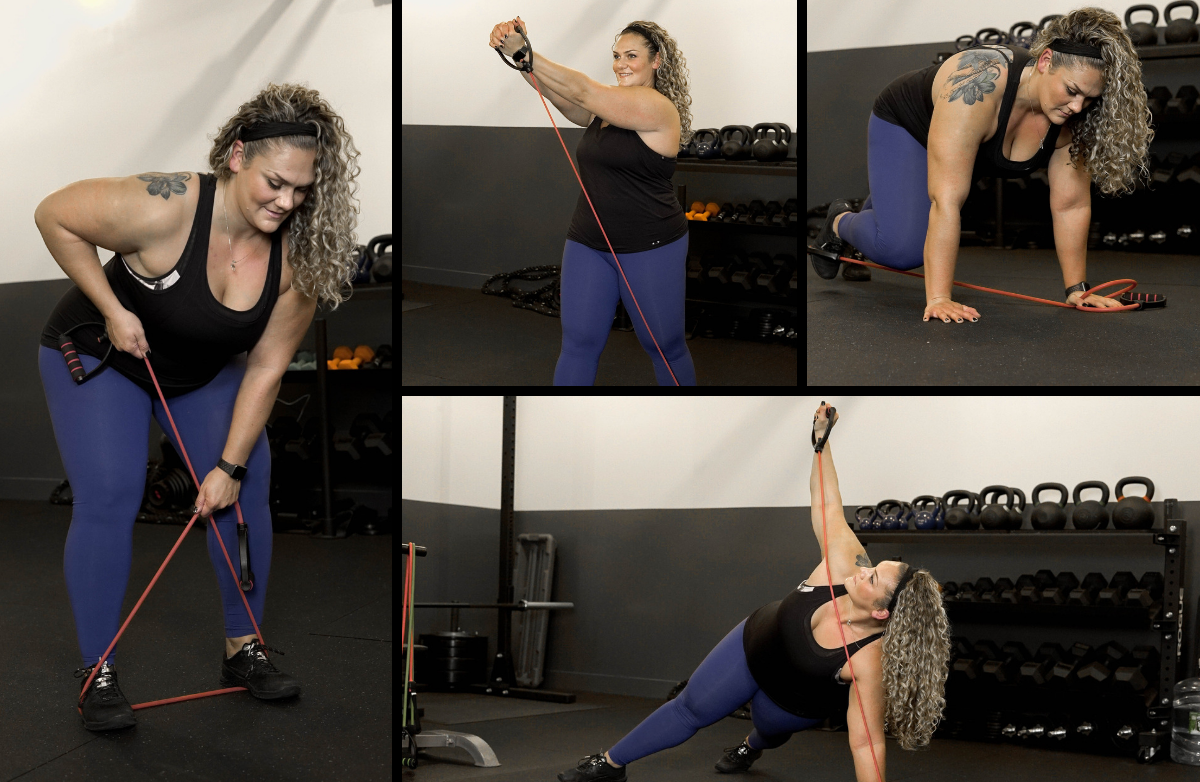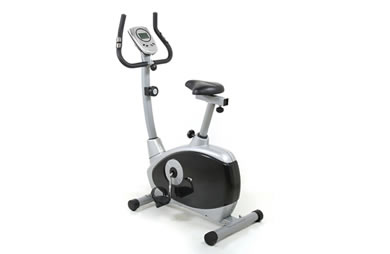Does the idea of running a mile bring back painful memories of gym class, when your grade depended on whether you could complete your four laps without stopping? For many, it's a memory they'd like to leave in the past. Before you start to panic, though, know that running doesn't have to be painful and a mile is an attainable goal. Running any distance is difficult without proper training, which is why you need a plan. If a mile is a benchmark you've always wanted to achieve, a strategic training plan will allow your body to slowly adapt to the demands of this high-impact activity without pain or injury.
It is important to establish a solid walking base before attempting a running program. You should be able to comfortably walk for 30 to 45 minutes before you consider adding running to your routine. Depending on how quickly you're hoping to progress, there are two plans to choose from. If you want to stay conservative, choose option one. If you're ready to jump in with both feet, option two will help reach your goal more quickly. Once you have completed the training program, you should be ready to run a mile!
Option #1:
This program assumes you can comfortably walk for 30 minutes continuously. Each week's workout should be completed two to three times, leaving at least one day in between workouts.
| Week | Walking Interval (minutes) | Jogging Interval (minutes) | Number of Walk/Jog Repetitions | Total Time (minutes) |
| 1 | 4.5 | .5 | 4 | 20 |
| 2 | 4 | 1 | 4 | 20 |
| 3 | 3 | 2 | 4 | 20 |
| 4 | 2 | 3 | 4 | 20 |
| 5 | 2 | 3 | 4 | 20 |
| 6 | 1 | 4 | 4 | 20 |
Option #2:
This program assumes you can comfortably walk for 45 minutes continuously. Each week's workout should be completed three to four times, spread throughout the week.
| Week | Walking Interval (minutes) | Jogging Interval (minutes) | Number of Walk/Jog Repetitions | Total Time (minutes) |
| 1 | 4 | 1 | 4 | 20 |
| 2 | 3 | 2 | 4 | 20 |
| 3 | 2 | 3 | 4 | 20 |
| 4 | 1 | 4 | 4 | 20 |
Making a Smooth Transition
- Always do a three- to five-minute warm-up before you start and a three- to five-minute cooldown when you finish each workout.
- If the running intervals feel like too much, slow down. One of the most common mistakes new runners make is going too fast too soon. If you still have trouble completing the running interval even after slowing down, consider repeating the previous week again before moving on.
- Cross-training is a good way to continue improving your fitness level while giving your running and walking muscles a much-needed break. Strength training, biking and swimming are all cross-training activities you can add to your routine on non-running days. Just be sure to leave at least one to two days for complete rest each week.
- Visit a specialty running or walking store to be properly fitted for shoes. Wearing shoes that fit improperly or are worn out can cause discomfort and injury.
If you've always told yourself "I'll never be a runner," it might be because you've never set a goal that felt attainable. And after you succeed in hitting your one-mile goal (which you will!), perhaps you'll be satisfied and won't aspire to go any further. Or, maybe, you'll discover a passion for a new activity where the possibilities (and distances) are endless!




.jpg)
.png)
.jpg)
.png)


.jpg)


